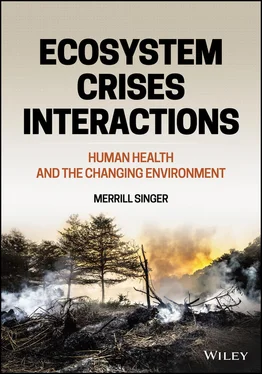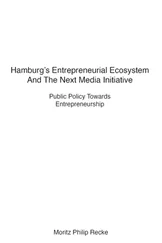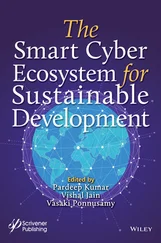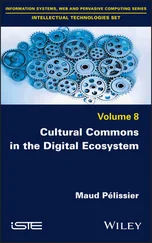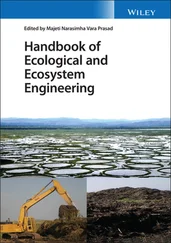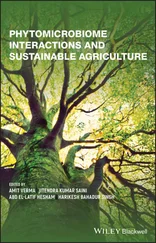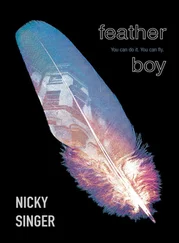As this last comment indicates, a central feature in contemporary human societies that shapes the way humans interact with the environment is social inequality. Health anthropologists have developed what they call an ecobiopolitical model for comprehending the complexities of societal–environmental interaction in the production of health and health inequality within society. This approach is informed by a synthetic and holistic exploration of the linkages that connect power and social structures, societal/environmental relations, and health and the environment. The term “ecobiopolitics” draws needed attention to the complex entwinements across conceptual domains that underlie the making of human health and disease.
In the ethnographic book Flammable: Environmental Suffering in an Argentine Shantytown , for example, the authors Javier Auyero and Debora Swistun (2009) describe a highly and multiply polluted slum area in Buenos Aires. Called Villa Inflamable, this shantytown is surrounded by a petrochemical complex, leather tanneries, various other factories, open‐air garbage dumps, and the contaminated waters of the Río de la Plata, a river named for a ship explosion that occurred just offshore. The people of the community also face an indifferent state bureaucracy and duplicitous corporations controlled by elite polluters. The shanty and the surface water around it have high concentrations of arsenic (a potent, potentially lethal poison), cadmium (a carcinogen), chrome (which causes dermatitis, an ulceration of the skin), mercury (a neurotoxin, which damages all body systems), cyanide (which causes weakness, giddiness, headaches, vertigo, confusion, and heart stoppage), and phenol (which is corrosive to the eyes, the skin, and the respiratory tract, and causes burns), and blood samples drawn from some of the local inhabitants show startlingly high levels of lead. Residents suffer from diarrhea, respiratory problems, skin diseases, cancers, allergies, and anemia.
The people who live in the shanty endure what Auyero & Swistun (2009) call “environmental suffering,” a term derived from the health social science concept of social suffering, which refers to experiences of group misery caused by occupying an oppressed or marginalized social ranking in a hierarchical social system. Environmental suffering can be defined as social suffering mediated by the environment, in this case among people living and working in a polluted or toxic environment that is the product of anthropogenic activities by dominant groups in the wider society. Social inequality commonly produces environmental inequality, environmental suffering, and health inequality.
Being in such an environment, people’s lived experience can be highly stressful because of the direct effects of the illnesses of family members, the constant threat of such illnesses to household economic viability, and the persistent uncertainty about what is happening. A heavily polluted environment is a stressful environment, and the burden of living there is twofold: 1) direct health effects of pollutants on the body; and 2) the stress of being in a constant state of threat.
With multiple toxins in the land, air, and water, the people of Villa Inflamable are at constant risk of the perils of ecocrises interaction (e.g., interaction between hydrocarbons in the polluted air and runoff of tannery chemicals in the polluted water). Toxicological interactions among environmental pollutants that increase adverse health effects have been described (Krishnan & Brodeur 1994). Such interactions of two or more chemical contaminants may occur simultaneously or sequentially (involving interaction among toxins stored over time in body tissues). Other adverse ecocrises of diverse kinds also threaten human health and well‐being, as detailed in subsequent chapters.
1 Acreman, M., Harding, R., Lloyd, C., McNamara, N., Mountford, J., Mould, D. et al. (2011). Trade‐off in ecosystem services of the Somerset Levels and Moors wetlands. Hydrological Sciences Journal 56(8): 1543–1565.
2 Alt, L. (1989). Reproductive Biology of Female Black Bears and Early Growth and Development of Cubs in Northeastern Pennsylvania. Ph.D. dissertation. Morgantown, WV: West Virginia University.
3 AmphibiaWeb. (2019). Species by the numbers. https://amphibiaweb.org/amphibian/speciesnums.html.
4 Auyero, J. & Swistun, D. (2009). Flammable: Environmental Suffering in an Argentine Shantytown. New York: Oxford University Press.
5 Berkes, F., Berkes, M. & Fast, H. (2007). Collaborative integrated management in Canada’s north: the role of local and traditional knowledge and community‐based monitoring. Coastal Management 35: 143–162.
6 Bessire, L. & Bond, D. (2014). Ontological anthropology and the deferral of critique. American Ethnologist 41(3): 440–456.
7 BirdLife International. (2018). Spix’s Macaw heads list of first bird extinctions confirmed this decade. https://www.birdlife.org/worldwide/news/spixs‐macaw‐heads‐list‐first‐bird‐extinctions‐set‐be‐confirmed‐decade.
8 Boaz, F. (1887). Museums of ethnology and their classification. Science 9: 589.
9 Boaz, F. (1911). Handbook of American Indian Languages, vol 1. Washington, D.C.: Bureau of American Ethnology.
10 Brosius, J., Lovelace, G. & Martin, G. (1986). Ethnoecology: an approach to understanding traditional agricultural knowledge. In: G. Marten (Ed.), Traditional Agriculture in Southeast Asia: A Human Ecological Perspective, pp. 187–198. Boulder, CO: Westview Press.
11 Bulmer, R. (1974). Folk biology in the New Guinea highlands. Social Sciences Information 13: 9–28.
12 Butchart, S., Walpole, M., Collen, B., van Strien, A., Scharlemann, J., Almond, R. et al. (2010). Global biodiversity: indicators of recent declines. Science 328(5982): 1164–1168.
13 Butchart, S., Lowe, S., Martin, R., Symes, A., Westrip, J. & Wheatley, H. (2018). Which bird species have gone extinct? A novel quantitative classification approach. Biological Conservation 227: 9–18.
14 California Academy of Sciences. (2018). Academy scientists describe 229 species in 2018. https://www.calacademy.org/press/releases/academy‐scientists‐describe‐229‐species‐in‐2018.
15 Caron‐Beaudoin, É. & Armstrong, C. (2019). Biomonitoring and ethnobiology: approaches to fill gaps in indigenous public and environmental health. Journal of Ethnobiology 39(1): 50–64.
16 Cassady, J. (2007). A tundra of sickness: the uneasy relationship between toxic waste, tek, and cultural survival. Arctic Anthropology 44(1): 87–97.
17 Centre for Climate Adaptation. (2018). Climate change post: coastal erosion in Greece. https://www.climatechangepost.com/greece/coastal‐erosion/.
18 Chalker‐Scott, L. (2014). The Myth of Permanent Peatlands. Pullman, WA: Washington State University: Extension Urban Horticulture.
19 Chivian, E. (1997). Global environmental degradation and biodiversity loss: implications for human health. In: J. Rosenthal & F. Grifo (Eds.), Biodiversity and Human Health, pp. 7–38. Washington, D.C.: Island Press.
20 Clark‐Emory, C. (2016). U.N. report warns 40% of pollinators face extinction. Futurity. https://www.futurity.org/bees‐pollinators‐extinction‐1112572‐2/.
21 College of Environmental Science and Forestry. (2018). Top ten new species. http://www.esf.edu/top10/.
22 Convention on Biological Diversity. (2018). Sustaining life on Earth. https://www.cbd.int/convention/guide/.
23 Costello, C., Jones, D., Hammond, K., Inman, R., Inman, K., Thompson, B. et al. (2001). A study of black bear ecology in New Mexico. Final Report. Federal Aid in Wildlife Restoration Project W‐131‐R. New Mexico Game and Fish.
24 Dunn, C. & Freeman, C. (2011). Peatlands: our greatest source of carbon credits? Carbon Management 2(3): 289–301.
Читать дальше
